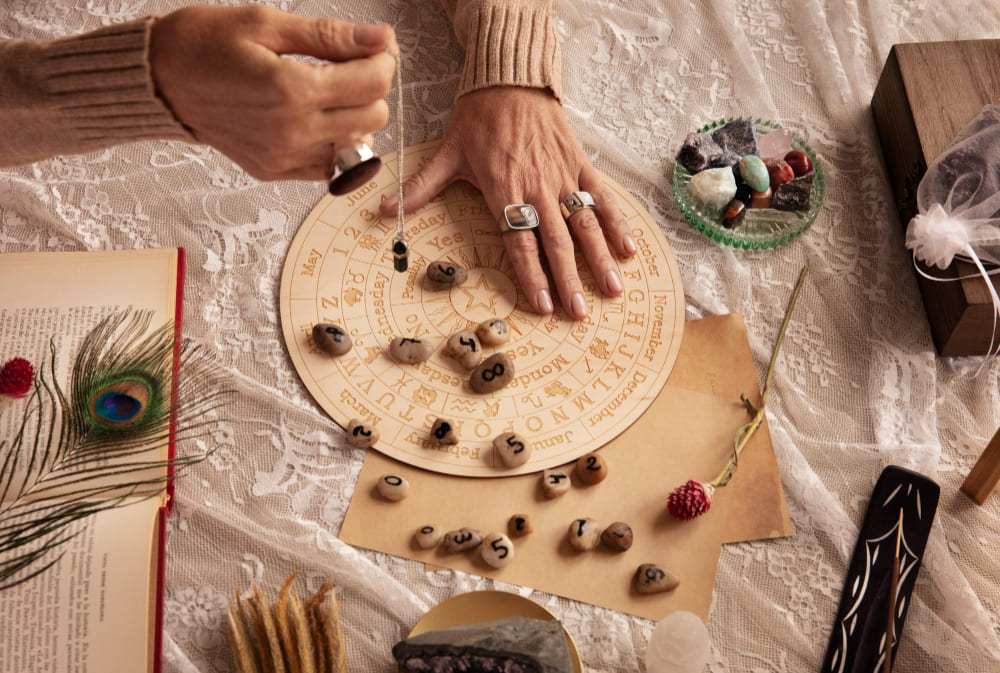Vastu Shastra, often referred to as the "science of architecture," dates back to over 5,000 years. It is deeply rooted in Vedic wisdom and emphasizes harmony between humans and their environment. At its core, it is a study of the interplay between the five elements—earth (bhumi), water (jal), fire (agni), air (vayu), and space (akash)—and how they affect our wellbeing.
Unlike transient design trends, the principles of Vastu Shastra are timeless. They are not bound by culture or geography but speak to the universal human need for balance, peace, and prosperity.
Why Learn Vastu Shastra Today?
Enhancing Spatial Awareness
One of the foremost benefits of learning Vastu Shastra is how it sharpens your understanding of space. As someone deeply involved in design, you already understand the importance of layout, proportions, and user flow. Vastu Shastra builds on this understanding and introduces you to spatial geometry, orientation, and energy dynamics.
When you learn to align a structure with the cardinal directions and account for natural elements, you begin to design not just with function in mind but also with intention.
Relevance in Modern Architecture
Contrary to popular belief, Vastu is not opposed to modern design. In fact, leading architects and interior designers across India and globally have started embracing Vastu-compliant plans because they promote mental wellbeing, better ventilation, natural light, and improved energy efficiency.
A 2022 report in The Indian Architect & Builder journal emphasized how energy-optimized homes and workplaces rooted in Vastu design showed a 25% improvement in employee satisfaction and 18% higher productivity rates. The science behind it is no longer anecdotal; it’s measurable.
Growing Career Opportunities
As demand for Vastu-compliant spaces grows, so does the need for trained professionals. Whether you're planning to become an architect, interior designer, civil engineer, or real estate consultant, Vastu Shastra gives you an extra edge.
Several high-end real estate developers in Pune, Mumbai, and Bengaluru now seek Vastu consultants before finalizing their blueprints. By acquiring this knowledge, you’re not just adding a skill—you’re increasing your market value and professional appeal.
A Holistic Approach to Design
Most architectural and design courses focus on aesthetics, structure, and materials. Vastu Shastra adds a deeper, more human dimension to this learning. When you understand how space can influence health, mood, relationships, and prosperity, your design decisions become more compassionate and client-focused.
I’ve had students at PIAT who went on to consult for corporate offices and luxury homes, attributing their career breakthrough to the holistic design approach they gained through our Vastu Shastra course.
Personal and Professional Transformation
Learning Vastu Shastra doesn’t just help you professionally—it changes the way you interact with your surroundings. Many of our alumni share how their own homes or workspaces became more peaceful and productive once they applied Vastu principles.
This isn’t just theoretical knowledge. When you experience the alignment of energy firsthand, you start to internalize design in a more profound way.
Vastu Shastra in Urban India: A Case Study in Pune
Living in Pune, I see firsthand how modern builders are adapting to changing client preferences. Residential buyers are asking about Vastu-compliant kitchens, entrances, and bedrooms. Commercial projects are now involving Vastu experts during the planning phase.
For instance, a recent redevelopment project in Koregaon Park integrated Vastu principles into a contemporary office space. The result? Within six months of completion, the client reported improved team morale, higher walk-in rates, and smoother workflow transitions. This is just one among many cases where traditional wisdom is shaping modern outcomes.
Scientific Validation and Global Acceptance
Some skeptics still question the science behind Vastu Shastra. But studies are slowly building empirical support. A study published in the International Journal of Engineering Research and Applications (IJERA) in 2021 found that Vastu-aligned houses recorded lower electromagnetic stress and better air quality indices compared to non-compliant ones.
Globally too, the concepts of Feng Shui, biophilic design, and energy-centric architecture are gaining popularity—all of which echo similar fundamentals to Vastu Shastra. The world is catching up to what Indian architecture knew centuries ago.
The Ideal Learning Path at PIAT
At the Pune Institute of Applied Technology (PIAT), we offer one of the most preferred Vastu Shastra courses in Pune. This isn’t just a theoretical program. It includes in-depth modules on both residential and commercial design, from site orientation and spatial arrangement to element balancing and case study analysis.
What sets our course apart is the blend of traditional wisdom with modern applicability. You’ll not only study ancient texts but also work on real-life projects, learn through field visits, and get insights from industry professionals.





Comments